Before sugar became the enemy, and even before low-fat options were chief offenders, doctors and nutritionists waged war on salt.
Why?
Because some early research indicated that salt might raise blood pressure. While that’s since been debunked, there are legitimate reasons to limit your salt intake to reasonable levels. If you think you may be eating too much, this guide will help you cut back.
So let’s decipher some labels, make some changes, and learn all about following a low sodium diet today.
- Why We Need Salt
- Recommended Daily Intakes
- The Low Sodium Diet for Lower Blood Pressure
- The Low Sodium Diet Isn’t For Everyone
- Low Sodium Diet 101
- What to Eat On A Low Sodium Diet
Table of Contents
+Why We Need Salt
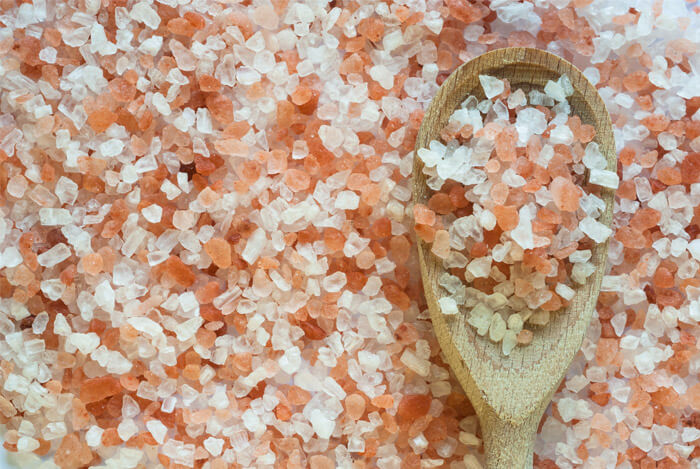
You may think humans only started using salt as a preservation method or food seasoning, but did you know that we have close to 40 teaspoons of salt in our body everyday?
Sodium is one of the most abundant elements on the planet; you can find it in seawater and minerals such as halite, or rock salt. We literally need salt as an electrolyte in order for our bodies to function at all.
Here’s just a brief list of some of salt’s responsibilities:
- Balancing the body’s fluid levels
- Allowing for nerve transmission
- Aiding in digestion
Since sodium is chiefly responsible for balancing our fluid levels, you’ll find amounts of it in most of our bodily fluids – from sweat and urine, to blood, tears, and semen.
Without sodium, our nerves would stop working, we wouldn’t be able to move our muscles, absorbing nutrients would become less efficient, and our water and mineral levels would get way out of control.
So what’s a healthy sodium intake?
Recommended Daily Intakes
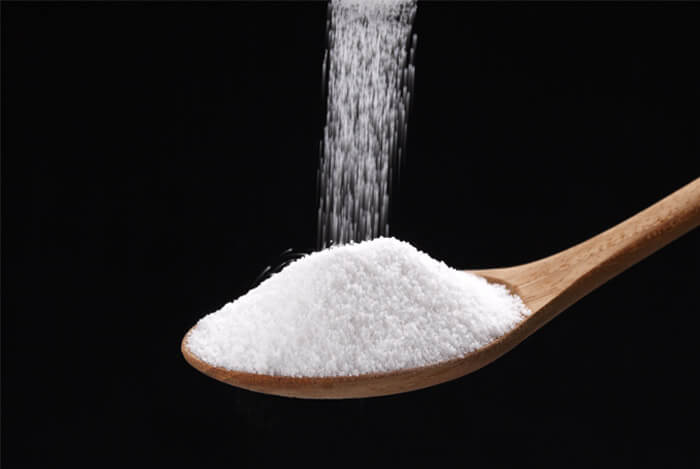
Every prominent health organization has their own ideas about salt, but the acceptable range seems to be between 1,500 mg and 2,300 mg per day.
I find it so crazy that it only takes a fraction of that amount to replenish what we lose during normal bodily functions.
Most people actually consume around 3400 mg of sodium every day. That’s 1.5x higher than the maximum daily recommended limit. And studies have even shown that it’s not uncommon for many people to consume up to 6000 mg a day – that’s how easy it is to over consume, because it’s in so many processed and packaged foods.
If you’re consuming around 3000 mg per day and are fairly active, that likely isn’t a problem as you lose a fair amount of sodium through sweat.
If you aren’t active, however, it’s better to err on the lower end.
The Low Sodium Diet for Lower Blood Pressure
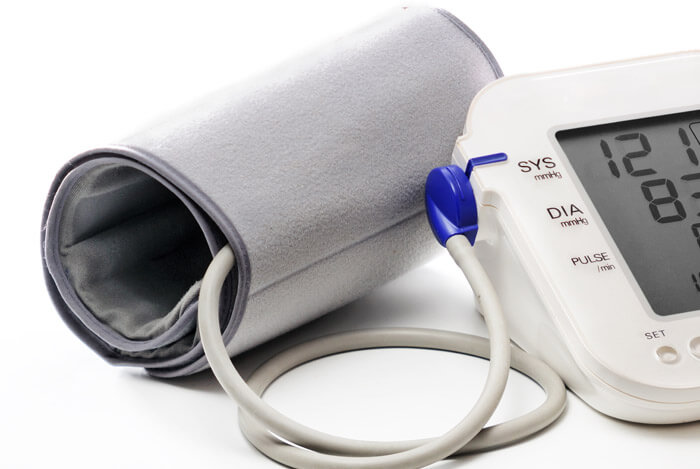
Some initial studies showed that higher salt diets led to higher blood pressure.
Higher blood pressure levels means your heart has to work overtime to cycle your blood, straining your arteries and organs in the process. So doctors recommend lowering salt intake to help decrease blood pressure levels and hypertension, or high blood pressure.
Recently, researchers have been learning that salt reductions don’t necessarily correlate with less deaths from heart disease even though it does lower blood pressure.
This is because newer research has refuted the idea that salt is responsible for heart disease. Even though it’s associated with higher blood pressure in some studies, that’s more likely to be caused by other factors like poor diet and inactivity.
The Low Sodium Diet Isn’t For Everyone
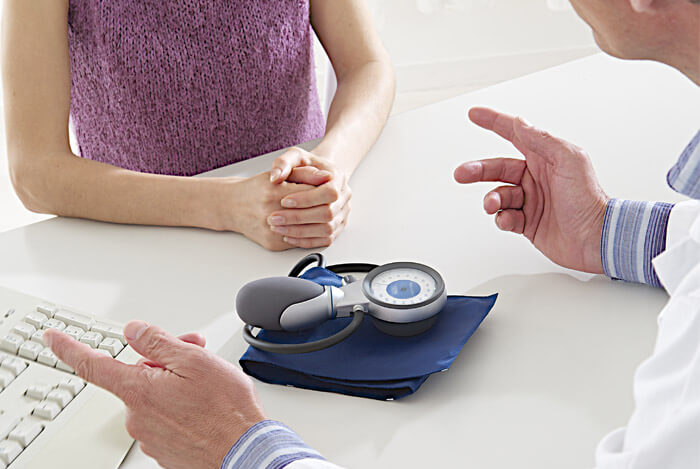
If you haven’t been instructed to follow a low sodium diet, you may want to speak with your doctor before you begin one.
If you’ve been diagnosed with high cholesterol, chances are you were also diagnosed with high blood pressure and advised to go low sodium. But if your blood pressure levels are fine and you’re just trying to lower your LDL and your triglycerides, following a low sodium diet may not be right for you.
During one review, participants on low sodium diets reduced their blood pressure levels, but raised their cholesterol by 5.4%, LDL by 4.6%, and triglycerides by 5.9%.
So if you’re trying to lower cholesterol numbers by also going low sodium, you may just be spinning your wheels.
Diabetics should also take note about low sodium diets.
A study published in Metabolism Journal notes that non-diabetic participants on a seven day low sodium diet had increased insulin resistance after the trial was over.
As we know, insulin resistance contributes to type 2 diabetes, obesity, and several other scary issues; it’s definitely not something we want.
During a different study, participants with type 2 diabetes were studied to see if a low sodium diet correlated to decreases in cardiovascular deaths. But surprisingly enough, it didn’t. Participants had increased numbers of premature heart related deaths on the low sodium diet.
So if you’re diabetic or trying to lower your cholesterol and want to try a low sodium diet, speak with your healthcare professional to determine if the pros outweigh the cons.
If you have type 2 diabetes, I would encourage you to follow a low carb diet instead of following a low sodium diet.
If you do decide to follow a low sodium diet, you just have to keep a few simple tips in mind.
Low Sodium Diet 101
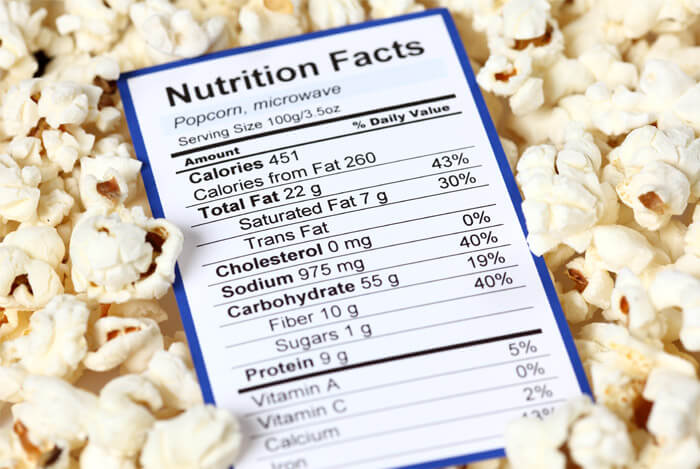
When people read nutrition facts, I think they are so concerned with calories, sugars, carbs, and protein, that they sometimes forget to check the salt.
They think, “Oh I never add any salt to my food, so I’m fine”.
But that’ may not be the case.
Sodium’s found naturally in foods, but most of the salt in our diet is added during the processing of our ingredients, not from adding salt at the table.
The U.S. Food and Drug Administration (FDA), and U.S. Department of Agriculture (USDA) both have strict guidelines for manufacturers to follow when labeling “healthy” foods.
According to them, food cannot be labeled as “healthy” if it has “more than 480 mg of sodium per labeled serving (for individual foods) or more than 600 mg of sodium per labeled serving for meals/main dishes”.
The American Heart Association clarified some sodium related terms you may find on food packages:
| Sodium-Free | Less than 5 mg of sodium per serving, and sodium chloride free | |
| Very Low Sodium | 35 mg or less per serving | |
| Low-Sodium | 140 mg or less per serving | |
| Reduced (or less) sodium | At least 25% less sodium per serving than the usual sodium level | |
| Light (for sodium-reduced products) | If the food is “low calorie” and “low fat” and sodium is reduced by at least 50% per serving | |
| Light in sodium | If sodium is reduced by at least 50% per serving |
Now anytime you see something labeled “low sodium” versus “light in sodium”, you know the difference.
A common misconception is that sea salt or kosher salt is actually better for you than table salt.
While sea salt may contain additional trace minerals and nutrients since it comes from the sea, the way it works in your body is exactly like table salt.
So what other kinds of foods should you avoid?
What to Eat On A Low Sodium Diet
If you follow these six simple tips, you’ll be thriving on a low sodium diet without even realizing it.
1. Dust Off That Apron

First off, the majority of your food should be made at home.
By making all your food at home, you can substitute your favorite spices for the salt that’s usually added to make non-home-cooked meals taste good.
You’ll be amazed by how different your fresh food tastes when you sub garlic or lemon or fresh basil in place of salt. Plus, you’ll always be feeling trim, healthy, and accomplished.
2. Rinse Those Canned Goods
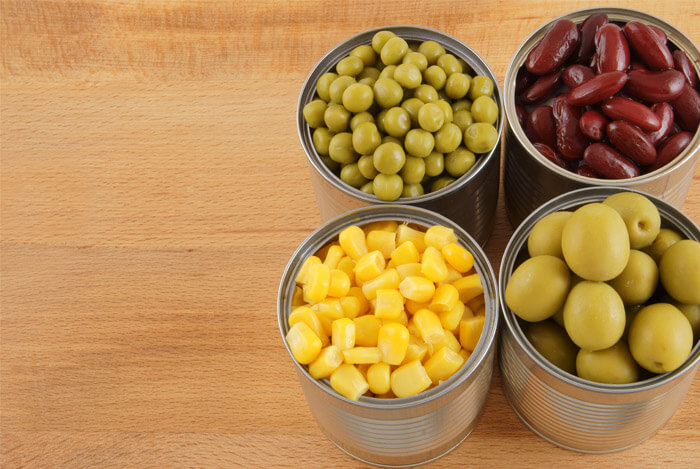
If you’re going to choose canned veggies, don’t purchase ones that are seasoned or have added sugars. Always rinse off the veggies under water to remove most of their salty residue before adding them to your meals.
Speaking of water…
3. Use Hard Water
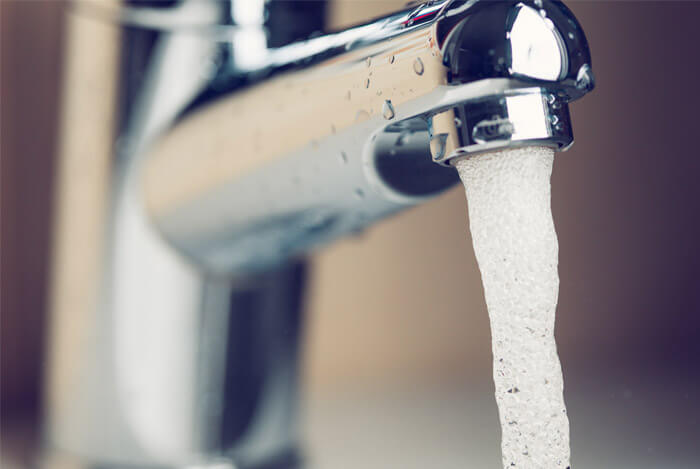
Did you know that softened water contains more salt than “hard” water?
If you have “soft” water, you may not want to drink it or use it for cooking since it already contains higher levels of sodium.
4. Ask Questions at Restaurants
When you’re at a restaurant, ask your server which foods are prepared without added salt. Fresh steamed veggies or roasted entrees should always be ordered over fried, gratin, or sauteed anything.
Stephen Havas, vice president for science, quality, and public health at the American Medical Association says: “The more restaurants hear this, the more they’re going to change the way they’re cooking”.











